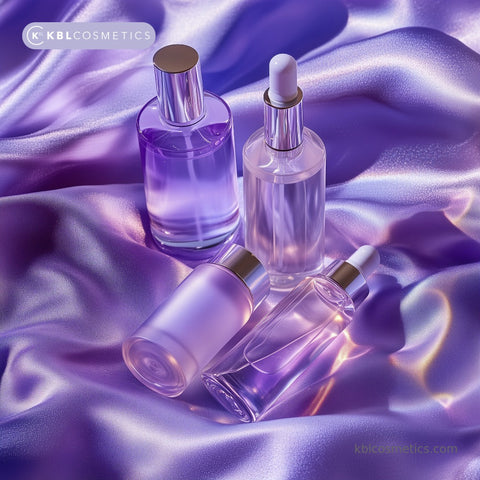Clean cosmetic is changing how cosmetic products are made. It focuses on safe, non-toxic ingredients and simple formulas. These products avoid harmful chemicals and support skin health. Natural cosmetics and skincare are now in high demand.
Why certain ingredients are excluded
Some ingredients may irritate the skin or harm the environment. Cosmetic formulators avoid them to create safer products. They also follow rules set by regulatory bodies. This helps build consumer trust and ensures long-term product safety.
Frequently avoided ingredients
Clean beauty products leave out many common cosmetic ingredients. Here are a few often avoided:
Parabens – preservatives that may disrupt hormones
Phthalates – found in fragrances, linked to health risks
Sodium lauryl sulfate – a harsh cleanser that can irritate skin
Formaldehyde donors – used in preservatives, may trigger reactions
Artificial dyes and fragrances – can cause allergies or skin issues
The importance of ingredient selection
Good formulas start with good ingredients. Clean formulations use plant-based and natural ingredients. Shea butter, aloe vera, and jojoba oil are popular choices. These are gentle and support the skin’s barrier.
Botanical extracts like green tea, marshmallow root, and micro-alga are often added. They offer antioxidants and calm sensitive skin. These natural products also support practices that protect the environment.
Lab considerations in clean formulation
Formulators work in labs to test for shelf life and safety. They check emulsion stability, pH balance, and micro issues. Natural preservatives help avoid harmful man-made ones.
Products like micellar water, lip balm, and haircare must stay safe and effective. Clean formulas use delivery systems. These systems help active ingredients like hyaluronic acid and alpha-hydroxy acids work better.
Consumer trust and regulatory awareness
Consumers want clear, honest ingredient labels. Using INCI names helps them understand what’s inside. Following rules from regulatory bodies helps avoid compliance problems.
Education helps create better formulas. Resources like lab skills tutorials and green beauty courses are useful. Knowing environmental science and skin biology helps improve results.
Key ingredients in natural and organic skincare
Organic skincare uses natural ingredients from plants and the ocean. Examples include coconut oil, cocoa butter, and marine ingredients. These support healthy skin and reduce environmental impact.
Essential oils, plant lotions, and natural cleansers are common in products. Upcycled ingredients and biodegradable packaging show care for the planet. These choices reflect the values of clean beauty and the personal care industry.
If you want to start your clean, custom formulation journey, please contact us.
